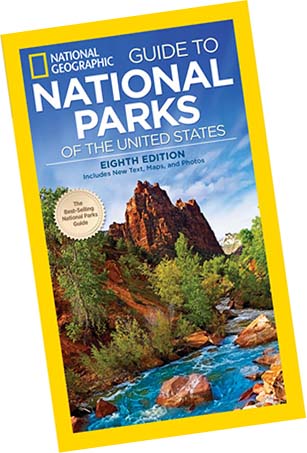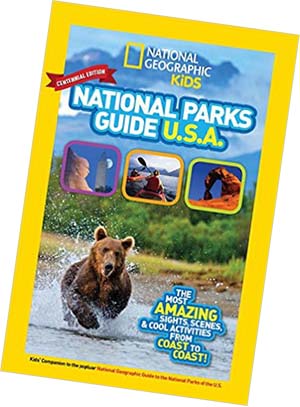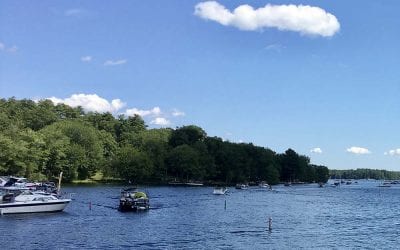One hundred years ago, the US National Park Service was created. But, the creation and protection of our national parks was a process that spanned more than five decades and that continues today.
In the summer of 1864, as the furious fighting of the Civil War wore on and Sherman’s army left a trail of ashes from Atlanta to Savannah, a movement was born that spoke to the more peaceful and visionary side of the United States.
By the Yellowstone Act of March 1, 1872, Congress established Yellowstone National Park in the Territories of Montana and Wyoming “as a public park or pleasuring-ground for the benefit and enjoyment of the people” and placed it “under exclusive control of the Secretary of the Interior.” The founding of Yellowstone National Park began a worldwide national park movement.
Yellowstone was the first. Fifty-eight national parks would follow—each, in its own way, a source of inspiration and healing. From the largest (Wrangell-St. Elias) to the smallest (Thaddeus Kosciuszko National Memorial), our parks connect us with our heritage and help us understand our identity and legacy.
Eventually, on August 25, 1916, President Woodrow Wilson signed the act creating the National Park Service, a new federal bureau in the Department of the Interior responsible for protecting the 35 national parks and monuments then managed by the department and those yet to be established. This “Organic Act” states that “the Service thus established shall promote and regulate the use of the Federal areas known as national parks, monuments and reservations…by such means and measures as conform to the fundamental purpose of the said parks, monuments and reservations, which purpose is to conserve the scenery and the natural and historic objects and the wild life therein and to provide for the enjoyment of the same in such manner and by such means as will leave them unimpaired for the enjoyment of future generations.”
“For a century, National Geographic has played a role in creating and supporting National Parks. More than just places of natural wonder and cultural importance, our parks are an expression of democracy in tangible form — accessible to all, to be enjoyed by all.”
—Chris Johns, chief content officer, National Geographic Society
 National Geographic Guide to National Parks of the United States, 8th Edition
National Geographic Guide to National Parks of the United States, 8th Edition
This flagship, best-selling guide is fully revamped and updated with all new text, photographs, and design. National Geographic writers hit all 59 national parks—including Pinnacles, the newest in the crown—for intensive, on-the-ground research. 300 photos and 80 colorful maps complete the extraordinary package. Practical and comprehensive coverage includes engaging, individual park descriptions and brief history, travel planning tips, itineraries and directions, activities, park lodges and hotels, visitor center contact information, and camping information. Well-known national parks writers provide new insights into the parks of the National Park Service and share favorite spots for viewing scenery, wildlife, sunsets, and more in this Centennial edition.
National Geographic Kids National Parks Guide USA Centennial Edition
Happy 100th Birthday, National Park Service! Join the centennial celebration by reading all about these greatest of American treasures—from Acadia to Zion. Filled with color photos, information on animals, fascinating lists, fun facts, maps, cool things to do, conservation tips, and much more, this book is your trusted guide to America’s majestic National Parks.

Charlie Leocha is the President of Travelers United. He has been working in Washington, DC, for the past 14 years with Congress, the Department of Transportation, and industry stakeholders on travel issues. He was the first consumer representative to the Advisory Committee for Aviation Consumer Protections appointed by the Secretary of Transportation from 2012 through 2018.



